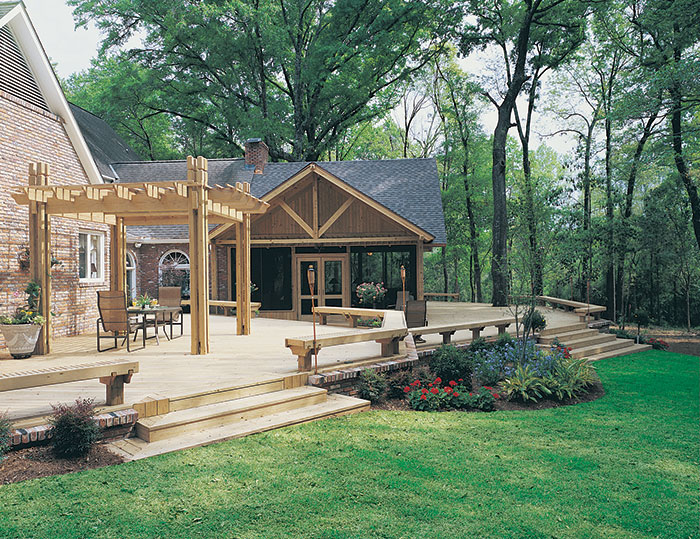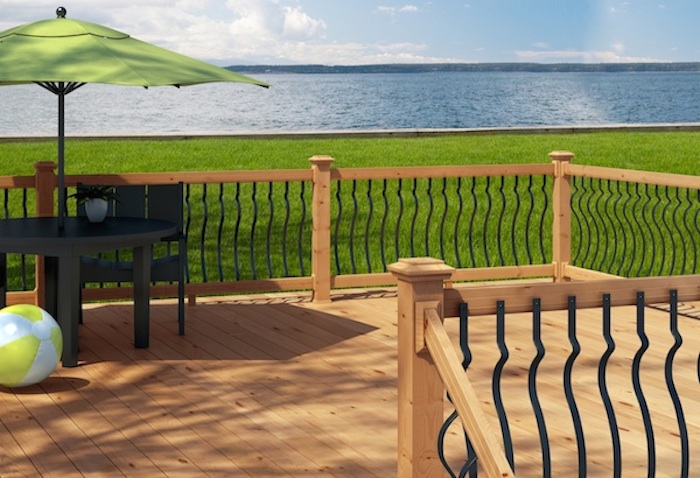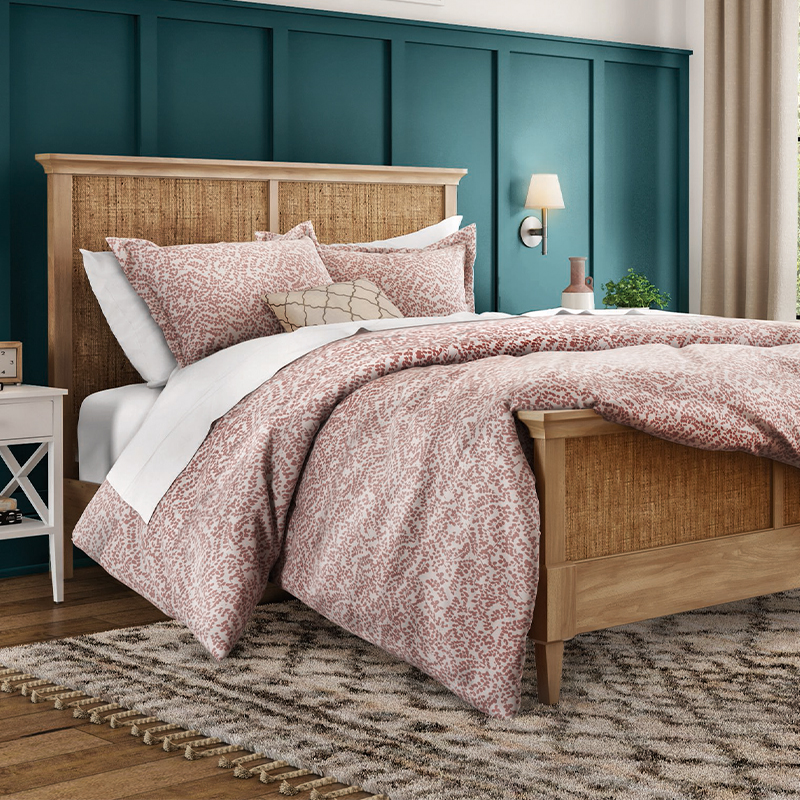Around the country, homeowners are taking advantage of extra yard space by building decks to extend their home. Consumers have taken to designing more elaborate outdoor living spaces by adding high-tech outdoor kitchens and ornate lighting. The options for decorating the space have expanded, but when you get down to it, it’s important to have a good quality deck that meets all of your needs.
In addition to personal preferences, regions play an important role when determining what materials and style to use for a new deck. Geoff Case, with experience spanning 20 years, is quite the expert when it comes to building decks and selecting the right materials from coast to coast. We sat down with Geoff, a merchant for pressure-treated lumber and decking at The Home Depot to learn more about how people are designing these outdoor spaces.
What decking trends are you seeing in homes today?
There’s a growing popularity for outdoor kitchens and patio spaces. We’re seeing a lot more backyard, half-covered decks and porches—with the uncovered portion becoming a grill area. In terms of decking design, homeowners are mixing and matching colors and materials, using one color and/or material for the boards and railings and another for the under-structure.
What are the big differences between pressure-treated lumber and composite decking?
Initial expense and maintenance are the biggest differentiators. Pressure-treated wood is less expensive, but requires more maintenance than composite. A wood deck might need to be sealed or stained every year. For composite decking, the color will have a lifespan of 20-25 years and there’s no warping, splitting or twisting over time. And, because of the low maintenance of composite decking, you can make up for the higher upfront investment in as little as five years.
What are the main factors homeowners should take into account to find the right deck for them?
Weather, cost, housing styles and topography all play a role in the decision.
In colder climates, composite decking is popular since consumers do not want to spend their limited outdoor season maintaining decks. Composite also stands up better to harsh winter conditions and dramatic temperature shifts. In warmer climates, homeowners may choose more elaborate decks because they are able to spend more time outdoors.
Different wood is more readily available in different regions, and that affects the cost. In the west, Cedar and Redwood are less expensive because they’re more easily attainable. The same is true in the south for Yellow Pine.
Housing styles tend to vary region to region, and many consumers want to have similar deck styles to match their homes and neighbors. Areas that have more hills will have more second story decks. Two story decks can also help homeowners take advantage of a great view, double their space and provide a covered space for paver or concrete patios below.
Can you explain further? How do decks vary in different areas?
There are four popular decking markets that are good examples for the range of differences you’ll find – Atlanta, Minneapolis, San Francisco and Washington D.C.

Atlanta
In Atlanta, about 70-75% of decks are wood, and Southern Yellow Pine is very prominent. There are also a lot of second story decks due to the prevalence of hills and basements. Many homeowners create outdoor living spaces below their decks, essentially creating a two-story deck.

Minneapolis
In Minneapolis, there’s a lot ice and snow, as well as a dramatic fluctuation of temperatures. This type of weather takes a toll on wood, so it’s a big market for composite decking. Low maintenance is important to customers due to the shorter window of time to enjoy their decks.

San Francisco
In the West, natural woods, like Redwood and Cedar, are used for their beautiful look and sturdiness. They are also less expensive in the region, since they grow in the area. The types of wood that are treated in this area require holes incised into the wood for treatment, so it’s often used for the under-structure of decking only.

Washington D.C.
Due to a lot of homeownership changes in this area, there are a lot of different style decks. Homeowners want to show their personal taste from all over the country. In D.C., most people have smaller backyards, so customization and accessories are key. Many people like to install pergolas for decoration and privacy.
Ready to start on your own decking project? Whether you are building a new deck, renovating an existing deck or replacing decking boards, our decking project planner has everything you need to get started.






